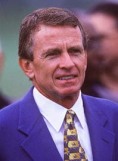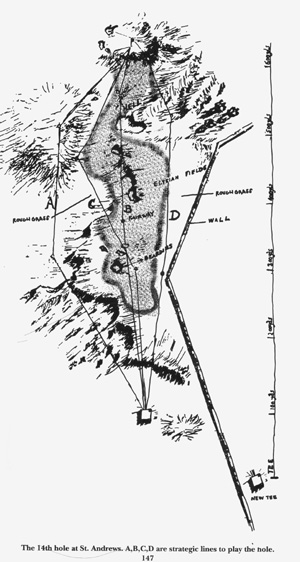Year In Review, Vol. 20: Great Game's Long Goodbye?
/ My final favorite story of the year was John Huggan's "Great Game's Long Goodbye" column, which summed up the state of championship golf. The Huggies were fun too.
My final favorite story of the year was John Huggan's "Great Game's Long Goodbye" column, which summed up the state of championship golf. The Huggies were fun too.
I, being an eternal optimist unlike Huggan, ;), believe 2005 year was a wonderful year for golf. (Assuming you are hoping to see some change to the status quo or you aren't so wild about the antics that many have written off to "progress.")
2005 not only revealed that golf is still the greatest of all sports thanks to a few magical tournaments (Doral, Masters, Open Ch.), but it also revealed significant problems that have become obvious even to the casual observer. Thankfully, many of those issues were openly talked about after years of defeaning silence.
Legends of the game (Nicklaus, Palmer Woods) discussed the distance issue and we've see that the only ones who wheel out the "don't impede progress" nonsense are paid to do so.
Flogging made a mockery of super-narrow course setups and shined a light on the ominous nature of resorting to trickery to mask inefficient equipment regulation.
Performance enhancing drugs will be considered a possible problem in 2006, and there is only one reason that drugs are on the table for discussion: the shift to a power game brought on by optimization of launch conditions, all thanks to lax rulesmaking.
We had rankings that continued to show architecture moving in two distinct directions: corporate (cold, soulless) and minimalist (nature based, character rich), with minimalist accepted or even sought out by mainstream golfing audiences.
Slow play debacles were uh, impactful, on the PGA Tour and throughout the golfing world. Again, shining that big spotlight on the issues that affect all golfers. The governing bodies openly displayed a strong sense of self-interest and people noticed. Ah, the list goes on and on.
In 2006, golf publications will surely delve deeper into some of these issues and provide those of us interested in the finer points of this great game plenty of fodder.
We (well, I) will be here to interpret, rant and most importantly, try to have a few laughs at all the madness.
Happy New Year!























